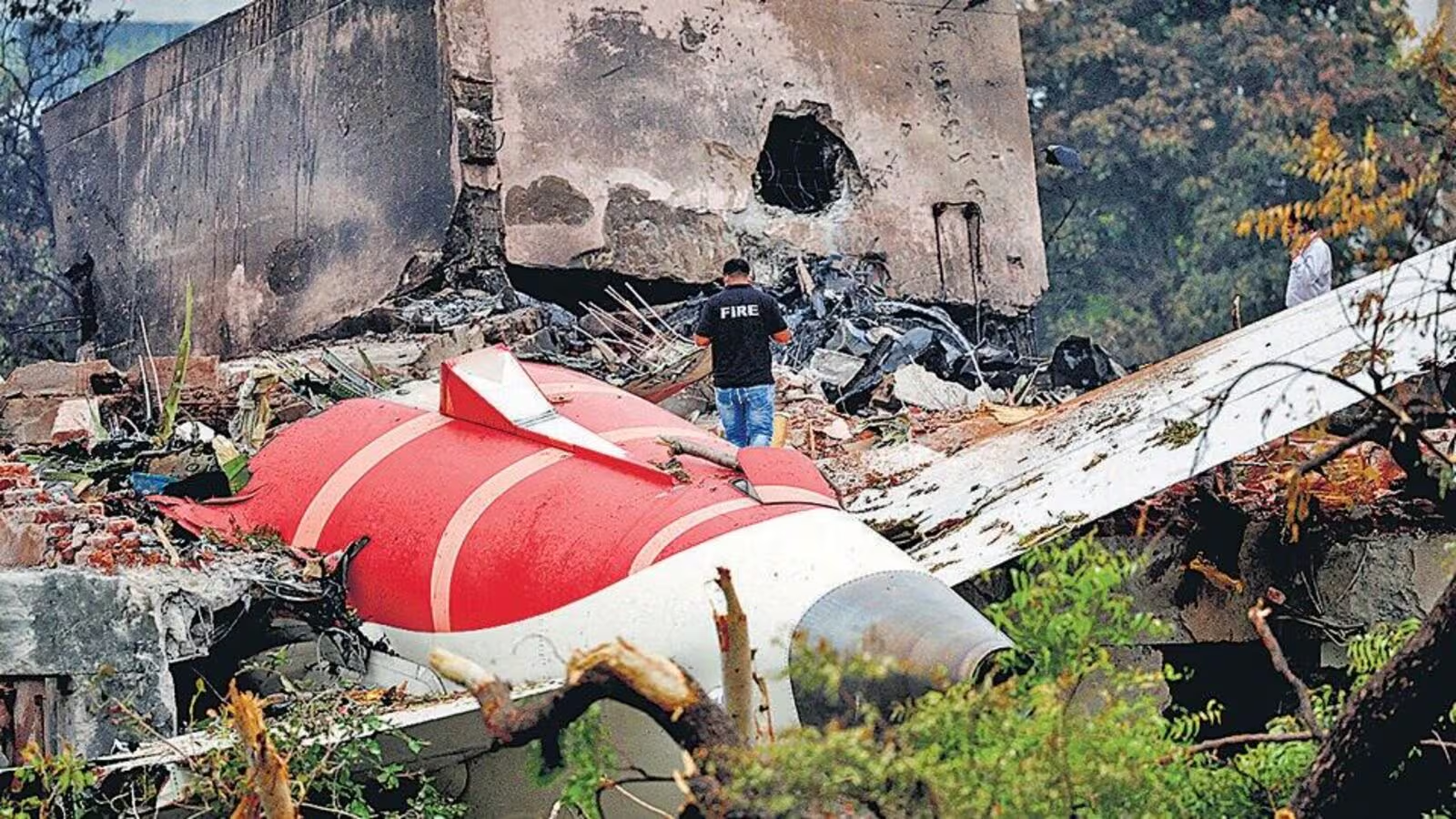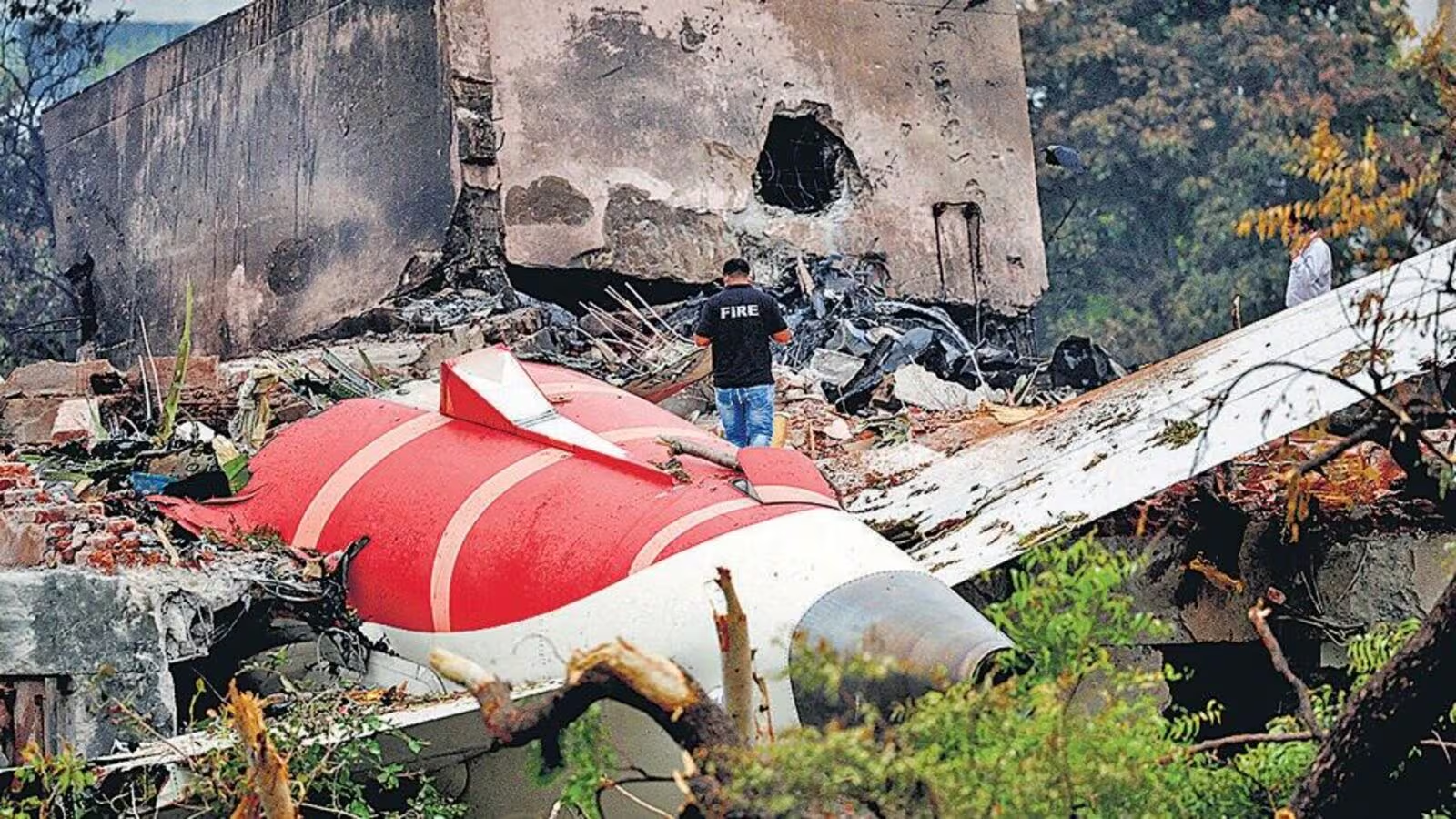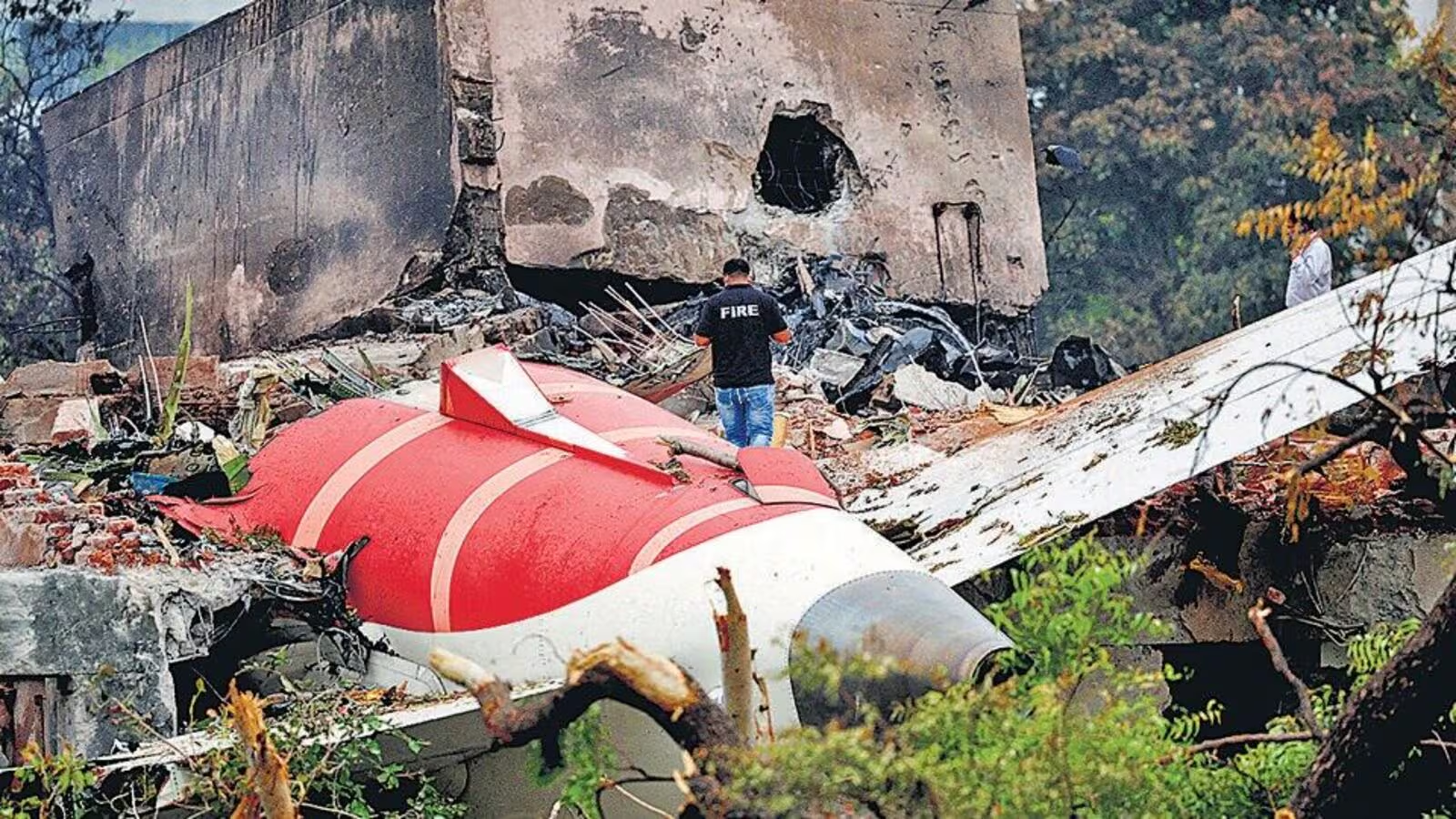The Aircraft Accident Investigation Bureau (AAIB) has released its preliminary report into the tragic Air India Flight AI171 crash in Ahmedabad on June 12, 2025, shedding a chilling light on the final moments of the Boeing 787-8 Dreamliner. The findings, which include unexpected fuel cutoff and engine shutdown, place the Gujarat plane crash investigation at the forefront of national and international aviation concerns. This report provides crucial insights, though it also raises profound questions that demand continued and meticulous Gujarat plane crash investigation.
Unsettling Sequence of Events in the Gujarat Plane Crash Investigation
The 15-page preliminary report details a harrowing sequence of events that unfolded mere seconds after the aircraft, carrying 241 passengers and crew (with one miraculous survivor), took off from Ahmedabad en route to London Gatwick. The incident tragically claimed 260 lives, including 19 on the ground, making it one of India’s deadliest aviation disasters in decades.
Key findings central to the Gujarat plane crash investigation include:
- Sudden Fuel Cutoff: Approximately three seconds after lift-off at 08:08:39 UTC (1:38 PM IST), the fuel cutoff switches for both Engine 1 and Engine 2 abruptly transitioned from the “RUN” to the “CUTOFF” position, with only a one-second delay between the two. This action immediately halted the fuel supply to the engines.
- Cockpit Dialogue: The Cockpit Voice Recorder (CVR) captured a chilling exchange. One pilot was heard asking the other, “Why did you cut off?” to which the other pilot reportedly denied initiating the action. This critical piece of audio highlights confusion and raises serious questions about the nature of the switch activation – whether deliberate, inadvertent, or a system malfunction.
- Engine Failure and Attempts at Recovery: As fuel supply ceased, both engines experienced a rapid loss of thrust. The report indicates that an automatic relight sequence was attempted, and while Engine 1 showed signs of partial recovery, Engine 2 failed to regain thrust despite multiple attempts to reintroduce fuel.
- Ram Air Turbine (RAT) Deployment: CCTV footage from the airport confirmed that the Ram Air Turbine (RAT), an emergency power source, automatically deployed during the initial climb, signifying a critical loss of primary electrical power.
- Mayday Call and Impact: Approximately 30 seconds after the fuel cutoff, a “Mayday” distress call was transmitted from the cockpit. However, air traffic control received no further response as the aircraft, unable to sustain flight, crashed into a medical hostel complex located less than a nautical mile from the runway.
- Exclusion of External Factors: The AAIB preliminary report has, at this stage, ruled out extreme weather conditions, bird strikes, or sabotage as contributing factors. Fuel samples were tested and found clean, and the aircraft’s weight and balance were within allowable limits.
Deepening Questions in the Gujarat Plane Crash Investigation
While the preliminary report offers a timeline and factual observations, it deliberately refrains from assigning blame or making definitive conclusions. The core mystery remains: how and why did the fuel cutoff switches transition?
- Pilot Action vs. Malfunction: The CVR recording directly implicates the fuel cutoff switches, but the pilots’ apparent confusion complicates the narrative. Aviation experts note that these switches are typically guarded and require deliberate action for activation, usually reserved for emergencies like engine fires. However, a former pilot, Marco Chan, suggested a potential “chip malfunction” as a possible cause, referring to a previously issued FAA advisory regarding a possible fuel switch flaw in Boeing 787-8 aircraft, which Air India had not mandated for inspection.
- Airline Protocols and Adherence: The fact that Air India had not performed inspections suggested by an optional Boeing advisory on fuel control switch locking mechanisms will be a significant point of inquiry in the ongoing Gujarat plane crash investigation. This raises questions about the airline’s internal safety adherence and response to advisories.
- Pilot Experience and Fitness: The report states that both pilots, Captain Sumeet Sabharwal (8,200 hours flying experience) and First Officer Clive Kundar (1,100 hours), were medically fit and adequately rested. The Indian Commercial Pilots’ Association (ICPA) has vehemently rejected any “speculative narratives” including pilot suicide, stressing that the crew acted in line with their training and responsibilities under challenging conditions.
The Path Forward for the Gujarat Plane Crash Investigation
The AAIB emphasizes that this is a preliminary report, and the Gujarat plane crash investigation is ongoing. Future phases will involve:
- Detailed Wreckage Analysis: Meticulous examination of the aircraft’s components, including engines and flight control systems, at a secure facility.
- Data Extraction and Review: Further analysis of the Flight Data Recorder (FDR) and CVR for any additional clues or anomalies.
- Stakeholder Information: Reviewing additional evidence, records, and information from various stakeholders, including Boeing and the engine manufacturer GE.
- Human Factors Analysis: A deeper dive into human factors that might have played a role, including cockpit resource management and decision-making under duress.
Broad Implications of the Gujarat Plane Crash Investigation
The findings from the Gujarat plane crash investigation will undoubtedly prompt a rigorous re-evaluation of safety protocols across the aviation industry, both in India and globally. It underscores the critical importance of mandatory compliance with safety advisories, continuous training, and robust system integrity. The outcome will shape future aviation regulations, aiming to prevent such a catastrophic event from ever happening again.
The transparency of this Gujarat plane crash investigation is vital for restoring public confidence in air travel and ensuring that the lessons learned from this immense tragedy contribute to a safer sky for everyone. The families of the victims await not just answers, but also assurances that their profound loss will lead to meaningful and lasting change.
Discover more from RastriyaSamachar24x7
Subscribe to get the latest posts sent to your email.




